Grouse
A Grouse Overview
Grouse are a group of birds in the Pheasant family that inhabit temperate and subarctic regions of the Northern Hemisphere. They are usually seen in a wide range of places, from pine forests to moorland and mountainside. Grouse are medium to large-sized ‘Gamebirds’, such as Chickens. They range in length from 31 to 95 cm and in weight from 0.3 to 6.5 kg. Male grouse are bigger than females—twice as heavy in the Western Capercaillie, the biggest member of the family. In general, all members of the family have feathered nostrils, feathered legs to the toes, and in the winter the toes also have feathers or small scales on the sides.
Characteristics of Grouse
Grouse spend most of their time on the ground, though when alarmed, they may take off in a flurry and go into a long glide. They feed mainly on vegetation matters like buds, leaves, and twigs, which typically accounts for over 95% of adults’ food. But usually, diets of grouse vary greatly with the seasons. Hatchlings differ in eating mostly insects and other invertebrates, gradually reducing their proportion of animal food to adult levels. To digest vegetable food, grouse have big crops and gizzards, and they eat grit to break up food. Also, they have long intestines with well-developed caeca in which symbiotic bacteria digest cellulose.
Most grouse species stay within their breeding range around the year, but make short seasonal movements. On the contrary, many individuals of the Rock Ptarmigan and the Willow Ptarmigan species migrate hundreds of kilometers. Many species have elaborate courtship displays on the ground at dawn and dusk, which in some are given in leks. The displays feature males’ brightly colored combs and in some species, brightly colored inflatable sacs on the sides of their necks.
The nest of the grouse is a shallow depression or a scrape on the ground. It’s often in cover, with a scanty lining of plant material. The female grouse lays one clutch comprises 5 – 12 eggs, which she incubates for 21 – 28 days. Chicks hatch in dense, yellow-brown down and leave the nest immediately. They soon develop feathers and can fly shortly before they are two weeks old.
The Grouse Population
Grouse make up a considerable part of the vertebrate biomass in the Arctic and Subarctic regions. Their numbers may fall sharply in years of bad weather or high predator populations (significant grouse populations are a major food source for Lynx, Foxes, Martens, and Birds of Prey) however, they can recover quickly due to their large clutches. Grouse are also ‘Gamebirds’, and hunters kill millions each year for food, sport, and other uses.
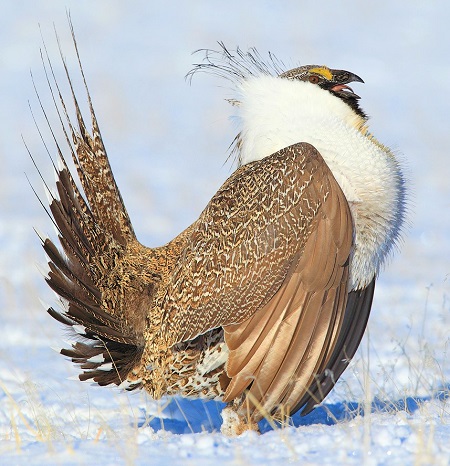

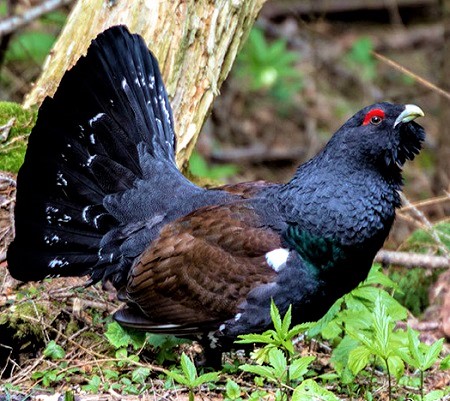
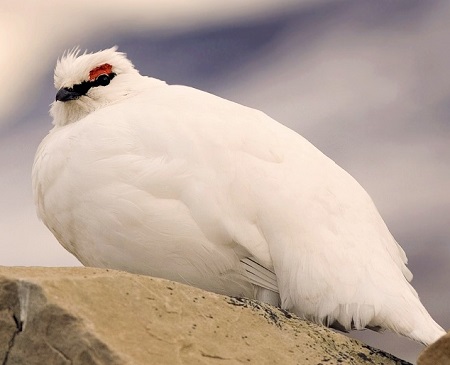
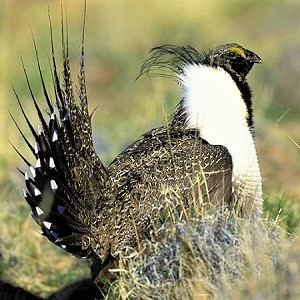
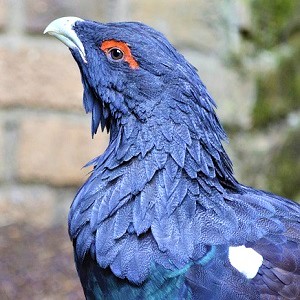
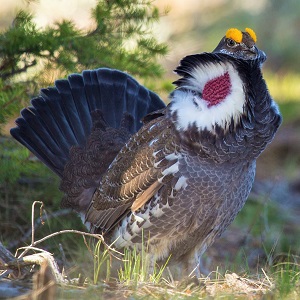
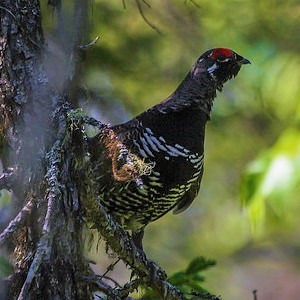
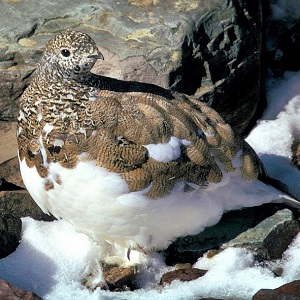
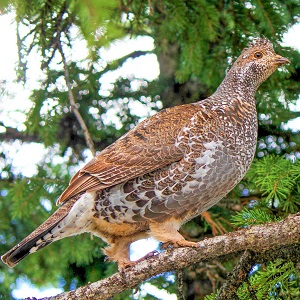
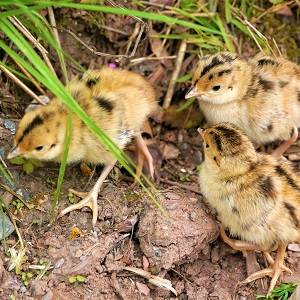
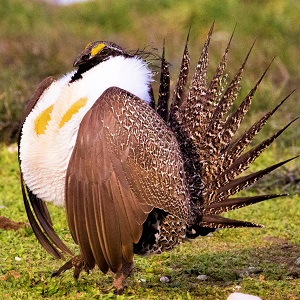
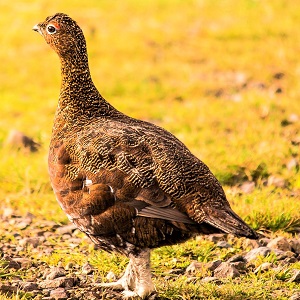
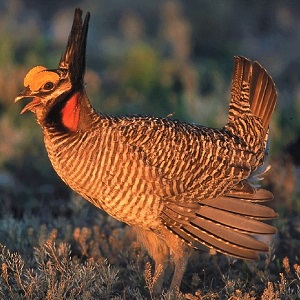
Breeds
